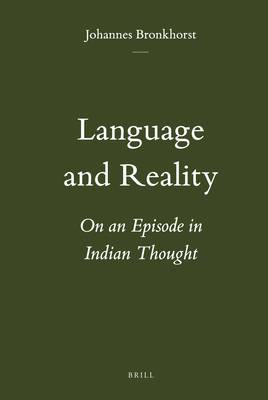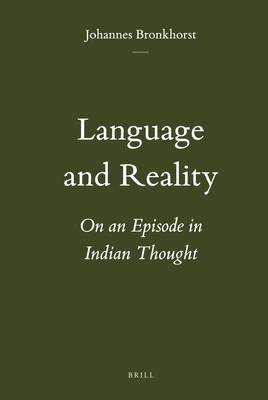
- Afhalen na 1 uur in een winkel met voorraad
- Gratis thuislevering in België vanaf € 30
- Ruim aanbod met 7 miljoen producten
- Afhalen na 1 uur in een winkel met voorraad
- Gratis thuislevering in België vanaf € 30
- Ruim aanbod met 7 miljoen producten
Zoeken
Omschrijving
For a number of centuries Indian philosophers of all persuasions were convinced that there was a particularly close connection between language and reality, also, or even primarily, between sentences and the situations they describe. This shared conviction was responsible for a perceived problem. Different currents in Indian philosophy can be understood as different attempts to solve this problem; these include the satkāryavāda of the Sāṃkhyas, the anekāntavāda of the Jainas, the śūnyavāda of the Buddhists, and many others. By bringing to light the shared problem underlying almost all schools of Indian philosophy, this book shows the interconnectedness of currents that had hitherto been thought of as quite independent of each other.
Specificaties
Betrokkenen
- Auteur(s):
- Uitgeverij:
Inhoud
- Aantal bladzijden:
- 184
- Taal:
- Engels
- Reeks:
- Reeksnummer:
- nr. 36
Eigenschappen
- Productcode (EAN):
- 9789004204355
- Verschijningsdatum:
- 7/04/2011
- Uitvoering:
- Hardcover
- Formaat:
- Ongenaaid / garenloos gebonden
- Afmetingen:
- 165 mm x 241 mm
- Gewicht:
- 408 g

Alleen bij Standaard Boekhandel
+ 409 punten op je klantenkaart van Standaard Boekhandel
Beoordelingen
We publiceren alleen reviews die voldoen aan de voorwaarden voor reviews. Bekijk onze voorwaarden voor reviews.








